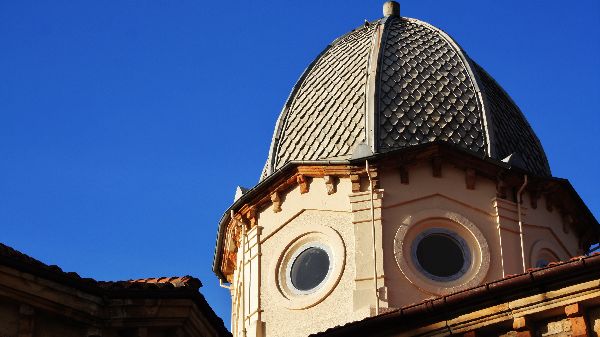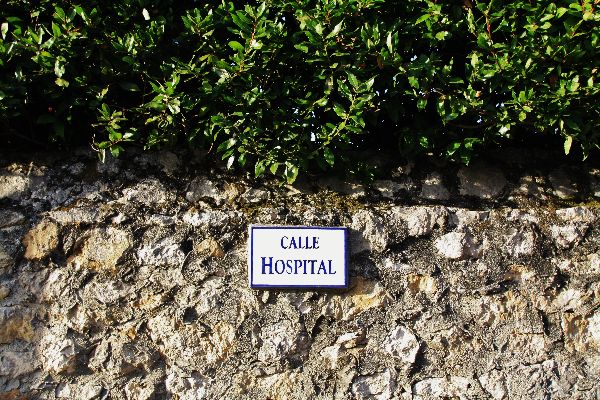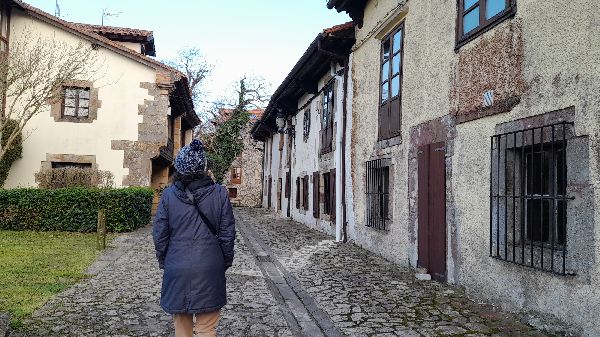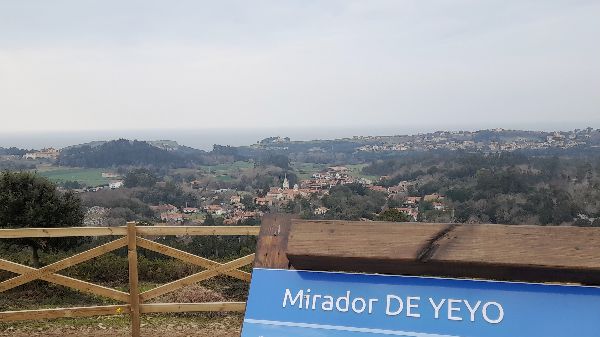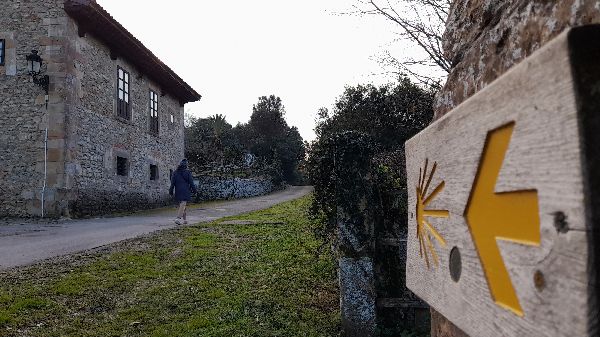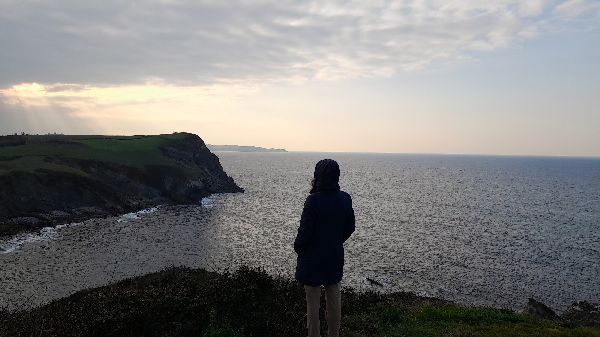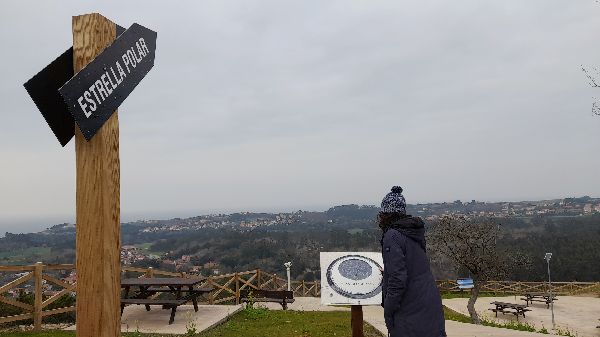Ruiloba

 Download the cheat sheet and go
Download the cheat sheet and go
|
Bathed in the Cantabrian Sea, we can find the municipality of Ruiloba. It’s made up of several boroughs: Casasola, Concha, La Iglesia, Liandres, Pando, Ruilobuca, Sierra and Trasierra. Ruiloba offers you the possibility of living different experiences like being a pilgrim walking along meadows and vineyards, experiencing folklore and pottery traditions, as well as seeing well-preserved architecture and viewpoints of the landscape and even the sky! Would you like to come? As an introduction and before getting into the thick of it, you should know where it gets its name from. Ruiloba derives from “Río de la Loba” (“River of the Wolf”), which is why there’s the silhouette of a wolf and a river on its shield. The coast stretches from Luaña Beach—with La Conchuga stream serving as the border with Alfoz de Lloredo—until Puente Portillo—which shares a border with Comillas. Its beginning dates back to Prehistoric times proven by caves like the El Portillo I in Casasola, where remains from this time period were found. The remains cannot be visited. Centuries later, pilgrims would begin passing through Ruiloba on their way to Santiago de Compostela via the Northern Way of the Camino. In the 17th and 18th centuries, large houses were built in several of the boroughs. Nowadays, they stand tall on the cobblestone streets next to the row houses in the boroughs of Concha, La Iglesia and Ruilobuca. Examples of religious architecture that stand out are La Asunción church in La Iglesia, Nª Sª de Los Remedios hermitage in Liandres, and San José Monastery which is run by The Discalced Carmelites. The latter is most well-known for the nuns’ ceramic and restorative work. After giving you a few broad brushstrokes of its history, we’ll reveal more details about the ESSENTIAL things you need to EXPLORE:
One of Ruiloba’s charms is its villages and the tranquility of the area. We’ll start with La Iglesia, the capital of the municipality. In the center you’ll find the main buildings: Nª Sª de la Asunción church, the town hall, and just like in the majority of villages, the bowling alley. The church was built in the 17th century, although it was remodeled in the 19th century by architect, Casimiro Pérez de la Riva, who was a native of Ruiloba. The result is a building with a mix of what’s said to be “Neo-Byzantine or Central European” styles in which the tower and dome stand out. The best thing to do is just wander around the area. We recommend taking the cobblestone streets like the ones behind the church or the path that leads to the campsite in front of the town hall. It’s a relaxing stroll with beautiful sights.
This lookout point is an educational place that allows you to see the landscapes during the day and observe the stars at night due to its low light pollution. To get here you have to go to La Iglesia; from the center of town there are several paths which take you to a concrete track that goes up to Cotalvío forest, where the lookout point is located. It’s an easy walk that’s just over 1 kilometer long, and while it’s a bit steep, the panoramic views are well worth the effort. Once you’re there, you’ll see a lower area with tables and an information panel with relevant points of the panorama. The top part is the astronomical area where there’s a telescope to view the surroundings and the stars, a planisphere and a globe.
In the 9th century, the tomb of Santiago (St. James) was discovered in what was known as Libredón forest, in the northeast of the Iberian peninsula. A church was founded which the first pilgrims began to visit. In the 11th century it was solidified as a pilgrimage center at a European level. It’s often said that there are as many routes as there are pilgrims; although it’s true that throughout time, several main routes were developed, like the Portuguese, the Silver, the English, the French and the Northern Ways. Within Saja Nansa, the Camino passes through the municipalities of Alfoz de Lloredo, Ruiloba, Comillas, Valdáliga, San Vicente de la Barquera and Val de San Vicente. Every year, thousands of pilgrims from all over the world pass through Saja Nansa on their way to Santiago de Compostela.
Folklore is a very important part of our culture. Traditions like the Danza de las Lanzas (The Dance of the Spears) and the Dance of the Count of Lara have been preserved in Ruiloba. Moreover, both dances have been declared Immaterial Cultural Interest Assets. The Dance of the Spears symbolizes a dance of swords and its origin is very old and spiritual by nature. In the dance, the young men dance with sticks to the beat of the drum and castanets, while they do a series of movements making different shapes or squares.
The La Conchuga stream divides Luaña Beach into two municipalities: west of the stream is Ruiloba, while east of it is Alfoz de Lloredo, where the main entrance to the beach is. From Trasierra you can access the beach on foot via a path that leads down to the beach. A wooden bridge allows you to cross the mouth of the stream. Luaña is a good place to swim and go surfing. Around here, it’s common to see pilgrims doing the Camino de Santiago.
In Concha you’ll find one of the most beautiful streets in Ruiloba: Calle Mayor (Main Street). It’s made up of “montañes” row houses that are facing southeast. A few have been remodeled, but generally, they conserve the essence of the traditional rural homes: the ground floor with the entrance, the second story with a sun room balcony and an attic with a gable roof and Spanish roof tile. You’ll see that the Camino de Santiago passes through the neighborhood, so you can be a pilgrim for a moment.
Next we’ll give you a few more ideas so you can keep exploring Ruiloba:
Next to Fonfría cove in Liandres, is La Corneja viewpoint. It’s a spectacular area with its cliffs, the Nª Sª de los Remedios hermitage in the background and incredible panoramic views of Picos de Europa (Peaks of Europe), the sierra of Peña Sagra Casasola, the old Pontifical University, the cape of Oyambre and right in front of you, Punta Miradorio.
Besides its beautiful traditional homes, the borough of Pando, is known for San José de Betania Monastery run by the community of The Discalced Carmelites of San José. The priest José Ruiz Pomar is the one who donated the land for its construction in the 19th century. Nowadays, the nuns have a retirement home where they decorate porcelain and restore carvings.
The Marcha del Norte is a non-competitive sporting event with solidarity purposes that’s celebrated in Ruiloba in February. It started in 2012 as part of the Santa Eulalia festival in Trasierra. It passes through Ruiloba, Alfoz de Lloredo, Comillas and Udías. It consists of 7 categories in which both adults and children participate.
|




